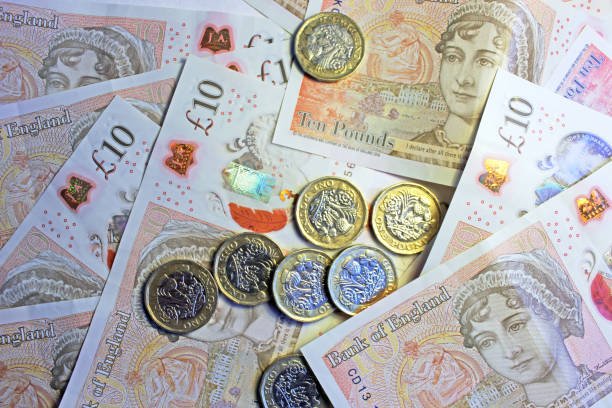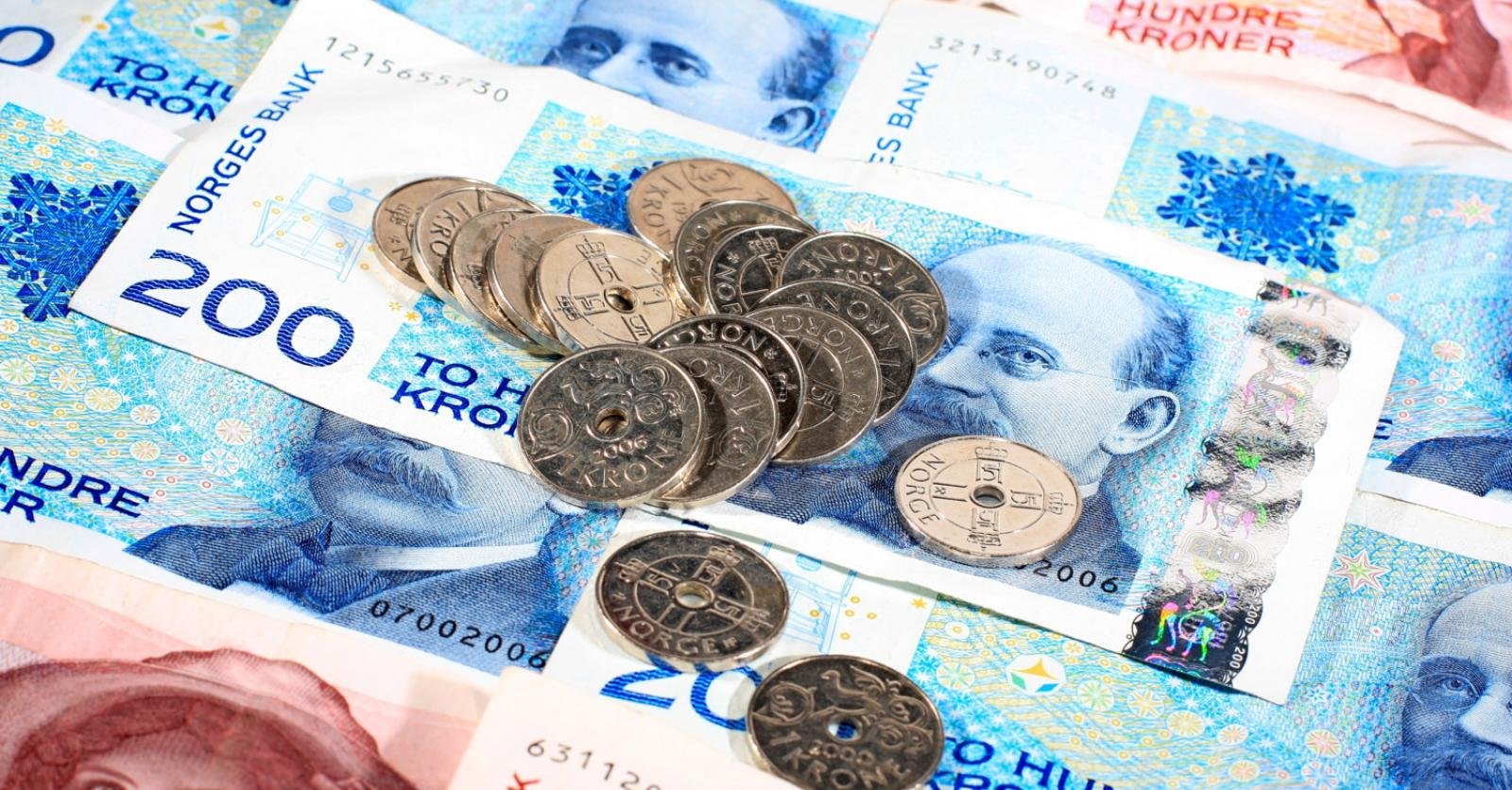- GBP/USD attracts some sellers on Monday amid a modest USD uptick.
- Geopolitical risks turn out to be a key factor benefitting the Greenback.
- Dovish Fed expectations should cap the buck and limit further downside.
The GBP/USD pair kicks off the new week on a weaker note and for now, seems to have stalled a two-day-old recovery from the 1.2665 area, or the lowest level since July touched last Thursday. Spot prices currently trade around the mid-1.2700s as traders look forward to this week’s important macro releases from the UK and the US.
The monthly UK employment data and the US Producer Price Index (PPI) will be published on Tuesday, which will be followed by the UK and the US consumer inflation figures on Wednesday. Apart from this, the Preliminary UK Q2 GDP on Thursday will influence the sentiment surrounding the British Pound (GBP) and help determine the next leg of a directional move for the GBP/USD pair.
In the meantime, the recent move by the Bank of England (BoE) to cut interest rates on August 1 for the first time since 2020, bets for two more rate cuts in 2024 and the ongoing riots in the UK continue to undermine the GBP. Furthermore, the risk of a further escalation of geopolitical risks in the Middle East lends some support to the safe-haven US Dollar (USD) and exerts pressure on the GBP/USD pair.
In fact, the Israeli intelligence community believed that Iran has decided to attack Israel directly and may do so within days in retaliation for the assassination of Hamas leader Ismail Haniyeh in Tehran in late July. That said, expectations for bigger interest rate cuts by the Federal Reserve (Fed) might hold back the USD bulls from placing aggressive bets and act as a tailwind for the GBP/USD pair.
Hence, it will be prudent to wait for strong follow-through selling before positioning for the resumption of a three-week-old downtrend from the vicinity of mid-1.3000s, or a one-year peak touched in July. In the absence of any relevant market-moving economic releases on Monday, the USD price dynamics will influence the GBP/USD pair and produce short-term trading opportunities.
Pound Sterling FAQs
The Pound Sterling (GBP) is the oldest currency in the world (886 AD) and the official currency of the United Kingdom. It is the fourth most traded unit for foreign exchange (FX) in the world, accounting for 12% of all transactions, averaging $630 billion a day, according to 2022 data. Its key trading pairs are GBP/USD, aka ‘Cable’, which accounts for 11% of FX, GBP/JPY, or the ‘Dragon’ as it is known by traders (3%), and EUR/GBP (2%). The Pound Sterling is issued by the Bank of England (BoE).
The single most important factor influencing the value of the Pound Sterling is monetary policy decided by the Bank of England. The BoE bases its decisions on whether it has achieved its primary goal of “price stability” – a steady inflation rate of around 2%. Its primary tool for achieving this is the adjustment of interest rates. When inflation is too high, the BoE will try to rein it in by raising interest rates, making it more expensive for people and businesses to access credit. This is generally positive for GBP, as higher interest rates make the UK a more attractive place for global investors to park their money. When inflation falls too low it is a sign economic growth is slowing. In this scenario, the BoE will consider lowering interest rates to cheapen credit so businesses will borrow more to invest in growth-generating projects.
Data releases gauge the health of the economy and can impact the value of the Pound Sterling. Indicators such as GDP, Manufacturing and Services PMIs, and employment can all influence the direction of the GBP. A strong economy is good for Sterling. Not only does it attract more foreign investment but it may encourage the BoE to put up interest rates, which will directly strengthen GBP. Otherwise, if economic data is weak, the Pound Sterling is likely to fall.
Another significant data release for the Pound Sterling is the Trade Balance. This indicator measures the difference between what a country earns from its exports and what it spends on imports over a given period. If a country produces highly sought-after exports, its currency will benefit purely from the extra demand created from foreign buyers seeking to purchase these goods. Therefore, a positive net Trade Balance strengthens a currency and vice versa for a negative balance.







